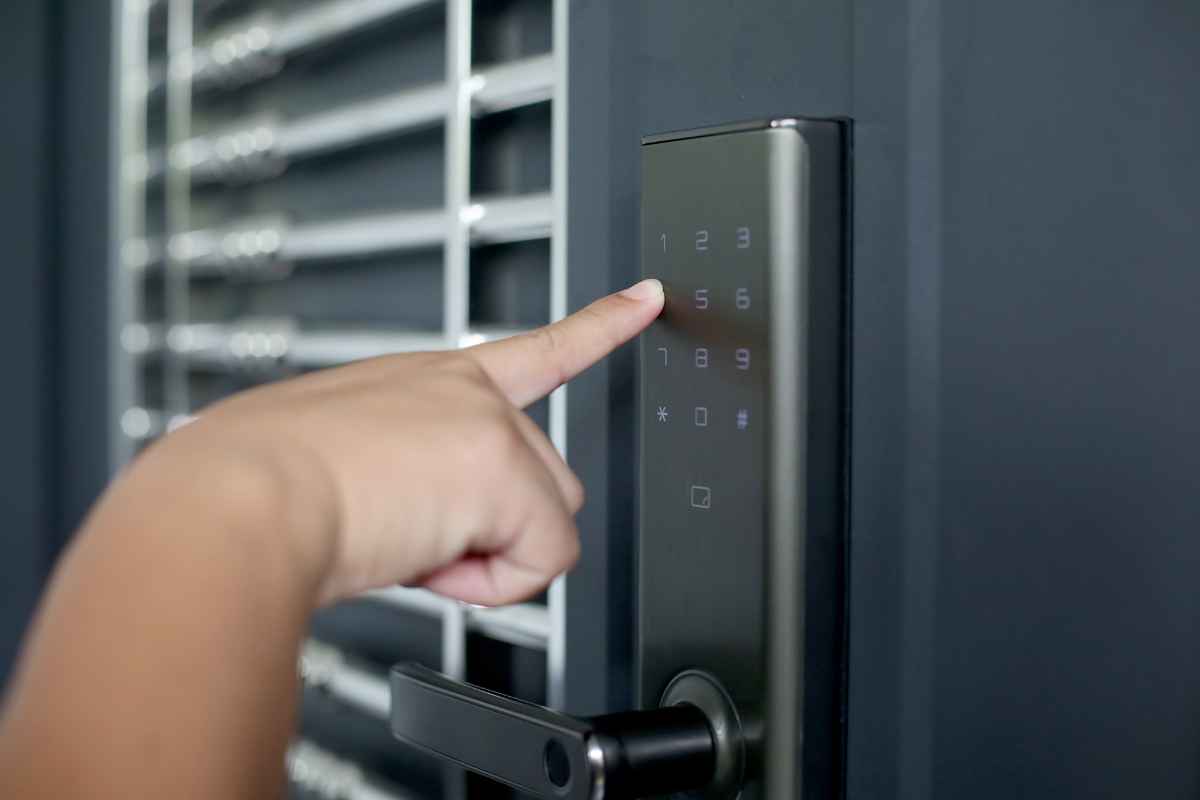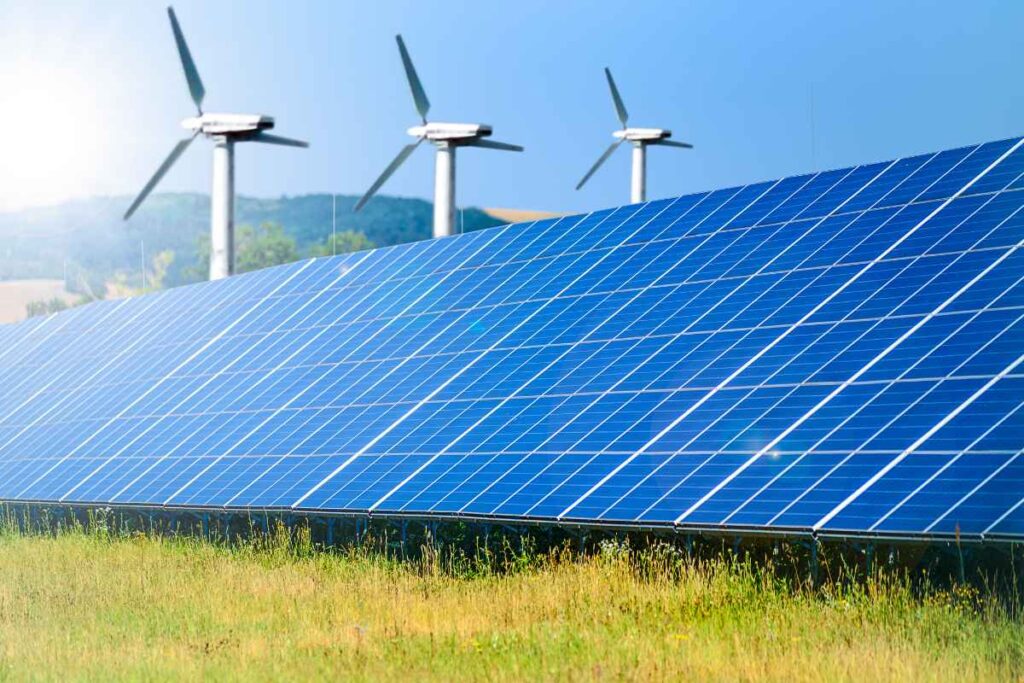In recent years, multigenerational living has emerged as a powerful trend reshaping the way we think about family, housing, and community. This concept, which involves multiple generations living together under one roof, offers numerous benefits and opportunities for families. It is also significantly impacting the Accessory Dwelling Unit (ADU) Industry, providing innovative solutions to accommodate this growing trend. In this article, we will explore the various aspects of multigenerational living, its benefits, challenges, and how the Accessory Dwelling Unit Industry is evolving to support this lifestyle.
What Is Multigenerational Living?
Multigenerational living refers to households where multiple generations of a family live together in one home. This often includes grandparents, parents, children, and sometimes even great-grandparents. The traditional nuclear family model is expanding as more families choose to live together across generations for economic, emotional, and practical reasons.
Benefits of Multigenerational Living

1. Strengthening Family Bonds
One of the most significant advantages of multigenerational living is the opportunity it provides for families to strengthen their relationships. Living together allows for more shared experiences and helps build closer ties between different generations. Grandparents can play an active role in their grandchildren’s lives, while parents benefit from additional support in raising their children.
2. Financial Savings
The financial aspect of multigenerational living cannot be overlooked. By pooling resources, families can save on housing costs, utilities, and other expenses. This arrangement can be particularly beneficial for younger families or those facing economic challenges. Shared responsibilities can lead to reduced financial stress and a more manageable household budget.
3. Support for Aging Parents
For many families, multigenerational living offers a practical solution to the challenge of caring for aging parents. Having older family members living in the same home ensures they receive the support and care they need while avoiding the costs and emotional strain of moving them into a care facility.
4. Childcare Benefits
In a multigenerational living setup, grandparents and other relatives often contribute to childcare. This can provide parents with much-needed relief and flexibility, allowing them to balance work and family life more effectively. It also gives children the benefit of spending time with extended family members.
Challenges of Multigenerational Living
1. Privacy Concerns
One of the main challenges of multigenerational living is managing privacy. Living with multiple generations can sometimes lead to conflicts over personal space and boundaries. It’s essential for families to communicate openly and establish clear boundaries to ensure everyone feels comfortable and respected.
2. Space Constraints
Finding or designing a home that accommodates multiple generations can be challenging. Traditional homes may not have the layout or space necessary to support multigenerational living comfortably. This is where the Accessory Dwelling Unit (ADU) Industry comes into play.
3. Differences in Lifestyles
Different generations often have varying lifestyles and routines, which can lead to clashes. For instance, younger generations might have different social habits compared to older ones. Managing these differences requires flexibility and understanding from all family members.
The Role of Accessory Dwelling Units (ADUs) in Multigenerational Living

The Accessory Dwelling Unit (ADU) Industry has become a crucial player in facilitating multigenerational living. ADUs, also known as granny flats, in-law units, or secondary suites, are self-contained living spaces located on the same property as a primary residence. These units are designed to provide additional living space while maintaining a level of independence for each generation.
1. Innovative Solutions for Space Constraints
One of the primary benefits of ADUs in multigenerational living is their ability to address space constraints. ADUs offer a practical solution for families needing extra room without the need for a larger primary residence. These units can be designed to fit various property sizes and can be customized to meet the specific needs of each generation.
2. Enhanced Privacy
ADUs provide an ideal solution for maintaining privacy in multigenerational living arrangements. With their separate entrances and living areas, they allow family members to enjoy their own space while still being close enough to provide support and companionship. This setup helps balance the need for independence with the benefits of shared living.
3. Economic Benefits
The addition of an ADU can also offer economic benefits. Renting out the unit or using it as a guest suite can provide additional income for the primary homeowners. This can help offset the costs of building or maintaining the ADU and contribute to the overall financial stability of the household.
4. Flexible Living Arrangements
The flexibility of ADUs makes them a valuable asset in multigenerational living scenarios. Families can use these units for various purposes, such as housing elderly parents, providing space for adult children, or accommodating visiting relatives. This adaptability ensures that the living arrangement can evolve with the family’s changing needs.
Trends in the Accessory Dwelling Unit (ADU) Industry

The ADU Industry is experiencing significant growth as more families embrace multigenerational living. Several trends are shaping the industry and driving innovation:
1. Sustainability and Green Building
Sustainability is becoming a key focus in the Accessory Dwelling Unit Industry. Many new ADUs are being designed with eco-friendly materials and energy-efficient features. This trend aligns with the broader push towards sustainable living and helps families reduce their environmental footprint while benefiting from modern, efficient living spaces.
2. Customization and Design
As demand for ADUs increases, so does the need for customization and design flexibility. Homeowners are looking for ADUs that reflect their personal style and meet their specific needs. The Accessory Dwelling Unit Industry is responding with a range of design options and customization features, allowing families to create spaces that truly feel like home.
3. Integration with Smart Technology
Smart technology is increasingly being integrated into ADU designs. Features such as smart thermostats, security systems, and energy monitoring are becoming standard in new ADUs. This integration enhances convenience and efficiency, making multigenerational living even more manageable and enjoyable.
4. Regulatory Changes
As the popularity of ADUs grows, many cities and municipalities are updating their regulations to make it easier to build and install these units. This includes changes to zoning laws, permitting processes, and building codes. These regulatory changes are helping to facilitate multigenerational living by making it more feasible for families to incorporate ADUs into their homes.
Conclusion
Multigenerational living is more than just a trend; it’s a response to the evolving needs of modern families. By embracing this lifestyle, families can strengthen their bonds, save on expenses, and provide support across generations. The Accessory Dwelling Unit (ADU) Industry plays a crucial role in making multigenerational living possible by offering innovative solutions to space and privacy challenges.
As we look to the future, the continued growth and evolution of the Accessory Dwelling Unit Industry will undoubtedly provide even more opportunities for families to enjoy the benefits of multigenerational living. Whether you’re considering adding an ADU to your property or simply exploring the possibilities of living with multiple generations, it’s clear that this approach to housing offers a range of advantages that align with the values and needs of contemporary families.












